Flexor digitorum longus muscle
What is the Flexor digitorum longus muscle?
The flexor digitorum longus muscle is a long, thin muscle located in the deep posterior compartment of the leg, along with the tibialis posterior, flexor hallucis longus, and popliteus muscles. It originates from the posterior surface of the tibia, just below the knee joint, and from the interosseous membrane between the tibia and fibula.
The lower leg’s medial flexor digitorum longus muscle is a skeletal muscle. Since the Flexor Digitorum Longus is a bilateral muscle, there is one Flexor Digitorum Longus for each leg. We can run, walk, and jump with this small muscle. The majority of activities that necessitate flexion of the foot and toes involve it.
Origin of Flexor digitorum longus muscle
The soleal line is inferior to the medial portion of the tibia’s posterior surface. A long tendon connects it to the fibula as well.
The tendon then moves laterally to the tibialis posterior tendon, where it lies in its synovial sheath along the medial aspect of the sustentaculum tali and is deep within the flexor retinaculum. Past this point, it is hard to touch as it enters the sole, profound to the abductor hallucis where it crosses advances and along the side on the plantar perspective.
The tendon joins the flexor accessorius about halfway down the sole and splits into four separate tendons for the second to fifth toes. The lumbricals develop distally from the flexor accessorius attachment.
Insertion of Flexor digitorum longus muscle
After passing through the deep posterior compartment of the leg, the muscle fibres separate into four tendons that go through the tarsal tunnel and underneath the flexor retinaculum before inserting into the distal phalanges of the second, third, fourth, and fifth toes.
On the plantar surface at the base of the second, third, fourth, and fifth toes’ distal phalanges.
Relations
This muscle is located in the deep posterior leg compartment alongside the flexor hallucis longus, tibialis posterior, and popliteus muscles. The deep fascia of the leg separates it from the superficial layer.
The tibia and tibialis posterior muscles are located posterior to the flexor digitorum longus. It is deep within the superficial layer of muscles in the posterior leg compartment, specifically the gastrocnemius and soleus muscles, which make up the triceps surae muscle. It is located medially to the flexor hallucis longus.
It is critical to comprehend the particular connection between the flexor digitorum longus and quadratus plantae muscle (flexor accessorius). The quadratus plantae is a 2 head muscle that is situated in the sole. Quadratus plantae’s two muscle bellies connect to the flexor digitorum longs inserting tendons. When flexing the toes, this relationship helps the flexor digitorum longus muscle stay stable and strong. The lumbrical muscles, which also insert into the tendons of the flexor digitorum longus distally in the foot, work together to stabilize the foot through a similar relationship.
The four tendons of the flexor digitorum longus muscle enter the flexor digitorum brevis muscle’s corresponding tendons deep. They pass through the tunnel bounded by the tendons of the flexor digitorum brevis muscle before attaching to the base of the distal phalanges.
Innervation
The flexor digitorum longus muscle, like all muscles in the deep posterior portion of the leg, is innervated by sciatic nerve branches of the tibial nerve (root values L5, S1, and S2).
Blood supply
The posterior tibial artery, which is a terminal branch of the popliteal artery, supplies the flexor digitorum muscle.
Through the posterior tibial veins, blood from the deep posterior compartment of the leg drains into the popliteal vein.
Function
Plantarflexion of the foot at the lower leg joint and the second to fifth phalanges at the metatarsophalangeal and interphalangeal joints is the primary function of this muscle, as the name suggests. The muscle in the triceps surae helps with plantarflexion. At the subtalar joint, the flexor digitorum longus aids in foot inversion because of its attachments and course around the medial malleolus.
The gait cycle is largely dependent on the actions of the flexor digitorum longus. When the foot is off the ground, the flexor digitorum longus muscle flexes the four horizontal toes. This activity begins in the distal interphalangeal joints and is observed by flexion in the proximal interphalangeal and metatarsophalangeal joints separately. By keeping the toes in firm contact with the ground when the foot is placed on the ground, the flexor digitorum longus works in tandem with the lumbrical and interossei muscles to maintain balance.
Clinical relevance
To achieve maximum grip and thrust during toe-off, the flexor digitorum longus pulls the toes toward the ground during the propulsion phase of walking, running, or jumping. By gripping the ground while standing, this muscle helps maintain balance.
Other abnormalities that may suggest reconstructive surgery include entrapment of the flexor hallucis longus or flexor digitorum longus tendons as a result of sustentaculum tali fractures. Using a lower leg splint for 5-7 days, partial weight bearing with 20 kg for 6-8 weeks in the patient’s shoes, and early range of motion exercises for the ankle, subtalar, and mid-tarsal joints are all part of post-operative care. Results are for the most part great with those supporting segregated cracks performing better.
Flexor Digitorum Longus muscle stretching
The most ideal way to extend the Flexor Digitorum Longus is to move the toes into an extended position. This can be done from a seated or standing position. While standing arch the foot of one foot high up so just the impact point of the foot is in touch with the floor. Utilize your hands to reach toward the toes while keeping your leg straight (a slight twist at the knee is fine). Maintain this position at least for a minute. A stretch will be felt down the back of your lower leg.
Sit in a chair with one leg extended in front of you to perform the Flexor Digitorum Longus stretch while seated. Reach for your toes with your hands. Only the heel of the foot should be in contact with the floor, just like in the standing variation. Try wrapping a towel around the foot and pulling the ends toward your body until you feel a stretch in the back of your lower leg if you can’t reach your toes. Keep your footing on this foothold for about 30 seconds.
Flexor Digitorum Longus muscle strengthening
To strengthen the Flexor Digitorum Longus, you can do a few different exercises. They are listed below.
Seated or Standing Toe Raise
Take a load off on a seat with your feet level on the floor. At the point when you are prepared, plantar flex the foot by coming up onto the toes. This motion should be done three times for 10-15 reps. By performing toe raises while standing and adding a load, you can advance this exercise.
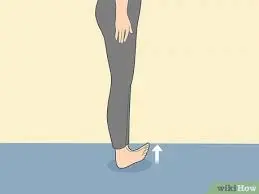
Marble Pick Up
This could be a fun exercise to try out if you have some marbles on hand. Take a load off in a seat for certain marbles spread out on the ground before the inactive foot. Pick up a marble at a time with your toes and move it to the opposite side.
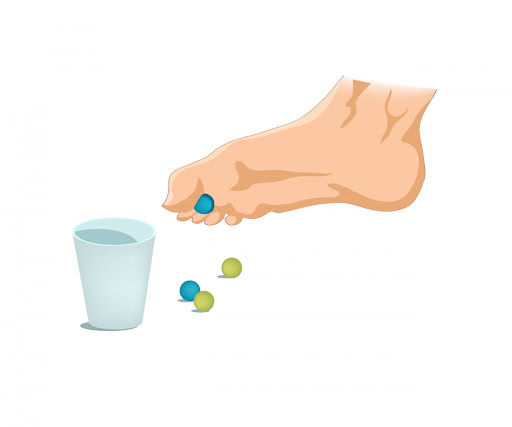
Walking/Running Barefoot
The Flexor Digitorum Longus can also be strengthened by running or walking barefoot. This will assist you with working on your equilibrium as you never again have the soundness of your shoes. To prepare without shoes, take a stab at changing around the surface that you are preparing on. For instance, try running occasionally on grass or sand rather than running on the sidewalk.
Your brain will be challenged by this, and the muscles in your lower leg will get stronger. Please exercise caution if you decide to train on these uneven surfaces because they can increase your ankle injury risk. Listening to your body and feeling how the impact feels at the ankle can help you figure out how much you can handle.
FAQ
Why does my longus flexor digitorum longus hurt?
Repeated pushing off from the first toe, a motion that ballet dancers and other athletes perform frequently, is a major cause of flexor digitorum longus tendonitis. This motion can irritate the tendon and cause it to become inflamed over time.
Where is pain from the flexor digitorum longus?
Under the bony bump on the inside of the ankle and along the inside of the foot, flexor digitorum longus tendinopathy causes gradual pain. The underlying signs occasionally disappear with action, back rub, or intensity over within the lower leg and, in this manner, are frequently disregarded.
How would you knead flexor digitorum longus?
Place a hand over the calf, and press while twisting your toes toward the sole; A contraction of your muscles will be felt. The Flexor Digitorum Longus is this muscle. This muscle’s trigger point is approximately three fingers wide below the back of the knee.
How is flexor digitorum longus diagnosed?
Because it is the only muscle that plantarflexes the distal phalanges of the toes, testing the flexor digitorum longus muscle eliminates the effects of other muscles. Simply request that the patient twist the toes.
Can your flexor digitorum longus be torn?
A proximal separation burst of the flexor digitorum longus (FDL) ligament related to a lower leg crack is incredibly interesting. During the examination and treatment of an unusual ankle fracture, it is essential to take into account the possibility of a proximal avulsion rupture of the FDL tendon.

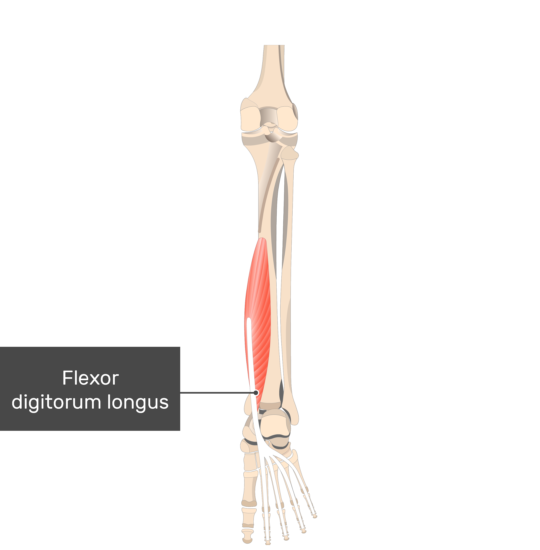


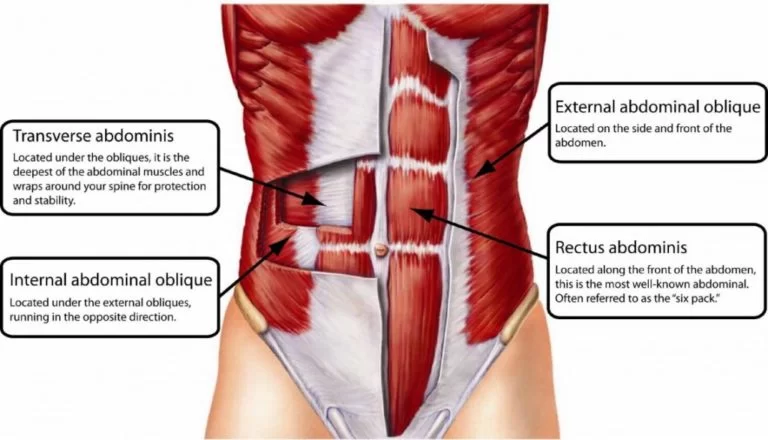
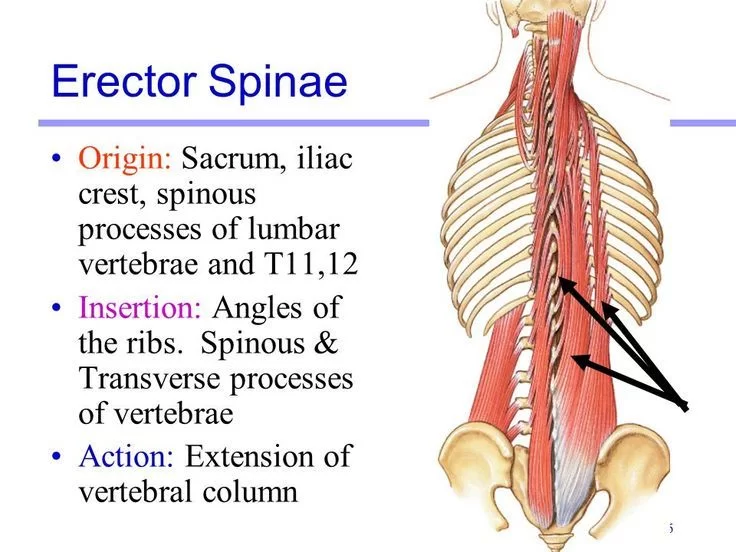
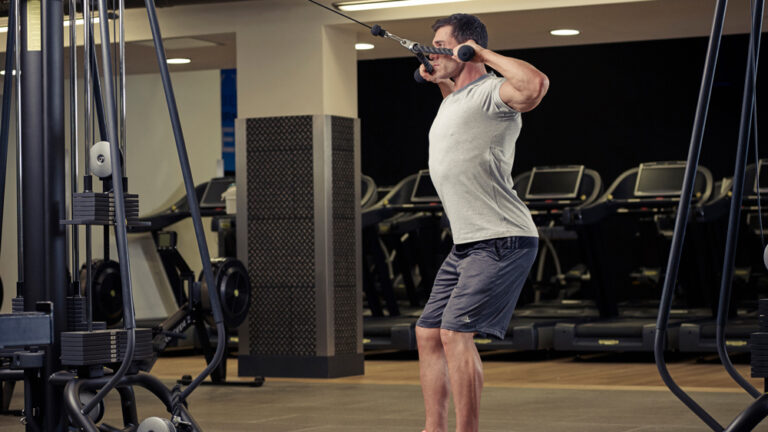
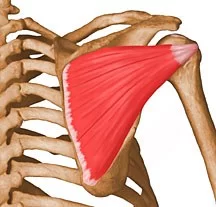
5 Comments